#MakeTheWebAccessible: PFR more than doubles accessibility testing
2nd December 2016

Earlier this year, People for Research launched a new digital inclusion campaign to raise awareness about digital accessibility testing and the obstacles and challenges faced by disabled people when using technology and the internet.
The initiative – called ‘Make The Web Accessible’ – is now coming to an end on 3rd December, International Day of Persons with Disabilities, with positive results.
Since launching the campaign in March 2016, we have not only raised awareness about digital inclusion among our community of participants in paid research and testing and the public, but we have also encouraged more companies and organisations to rethink digital accessibility.
The result is extremely positive – in 2016, People for Research recruited more than double the amount of disabled people to test new digital products than in 2015.
This is not only a great result for us, but also an improvement of digital accessibility and accessibility testing in general.
“I’m really pleased to say that our accessibility campaign has been hugely successful this year. We have more than doubled the number of participants used in usability projects, and a much larger amount signed up to our database to take part in projects, both related to accessibility and non-accessibility,” says Paul Gooding, People for Research’s CEO and founder.
“I believe it’s a vital element within user research to include this group of users. Researchers and designers have a lot to learn by including them in their research criteria.”
One in five people in the UK are affected by disability
With one in every five people of working age affected by disability in the UK and with technology evolving so quickly and becoming more and more part of our lives, digital inclusion is now more relevant than ever.
Still, only 30% to 40% of all websites are accessible for people who use assistive technology, according to one of our visually impaired participants in paid testing. All it takes is a CAPTCHA code without a text to speech option or a minimalist light font on a white background to ruin the experience of someone with a visual impairment that is trying to access a web page.
These are examples of problems that accessibility testing can easily help identify and fix. Sometimes, user experience or usability testing will even help the designers figure out unexpected problems, which they had no idea that could affect a particular type of disability – this case study highlights one of these examples.
Throughout this campaign, we partnered with a long list of professionals, companies and organisations such as the User Experience Professionals Association (UXPA UK), WECIL – the West of England Centre for Inclusive Living, the West of England MS Therapy Centre, digital agency Sigma, among other names.
“We have formed several new partnerships with both charities and organisations involved in supporting and promoting accessibility. Although our campaign will take a lower profile over the next year, it won’t stop here,” Paul Gooding adds. “We will continue to actively encourage people to get involved in accessibility studies.”
![]() Maria Santos, Head of Digital Ops & Data Protection
Maria Santos, Head of Digital Ops & Data Protection
If you would like to find out more about our in-house participant recruitment service for user testing or market research get in touch on 0117 921 0008 or info@peopleforresearch.co.uk.
At People for Research, we recruit participants for UX and usability testing and market research. We work with award winning UX agencies across the UK and partner up with a number of end clients who are leading the way with in-house user experience and insight.


